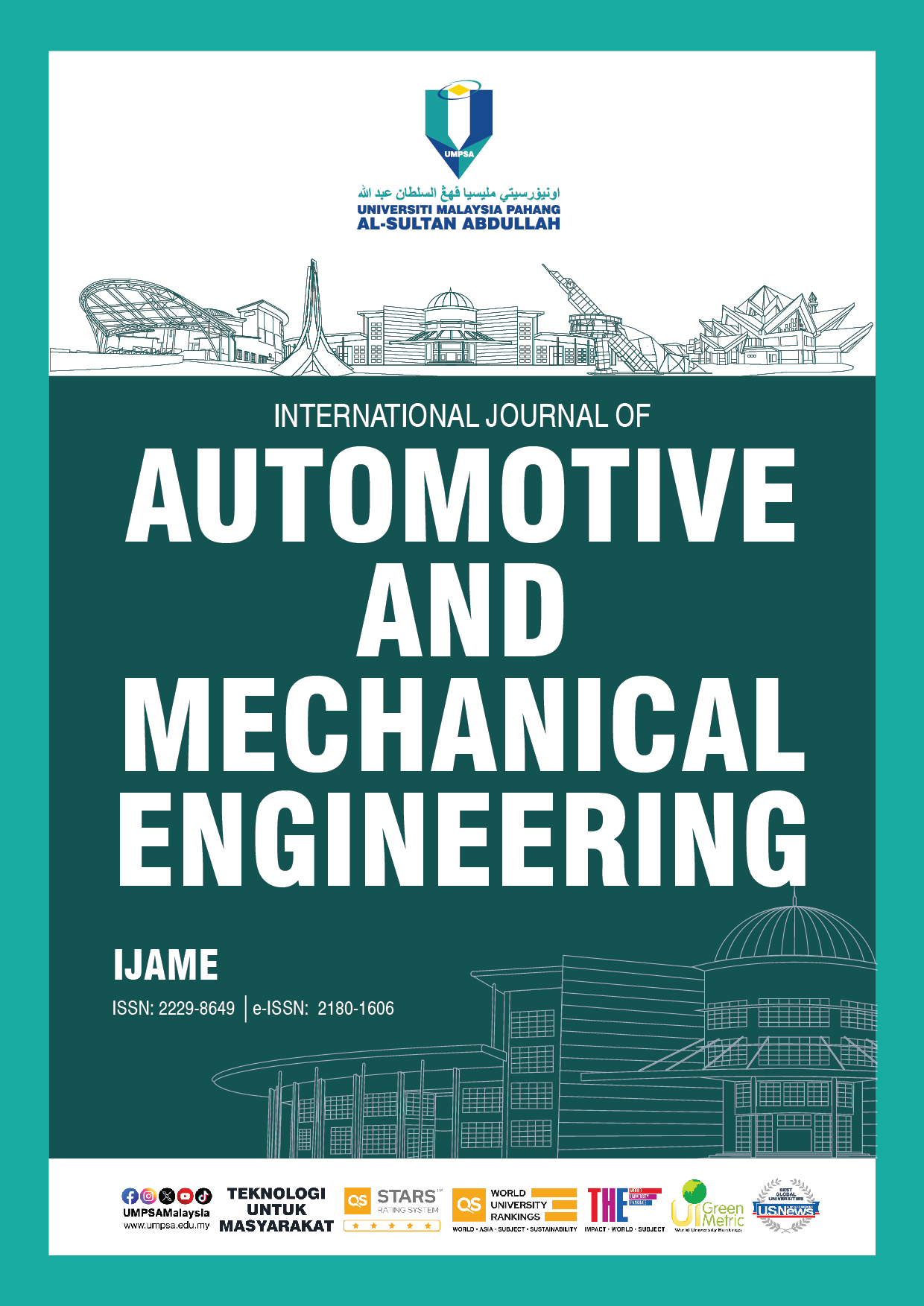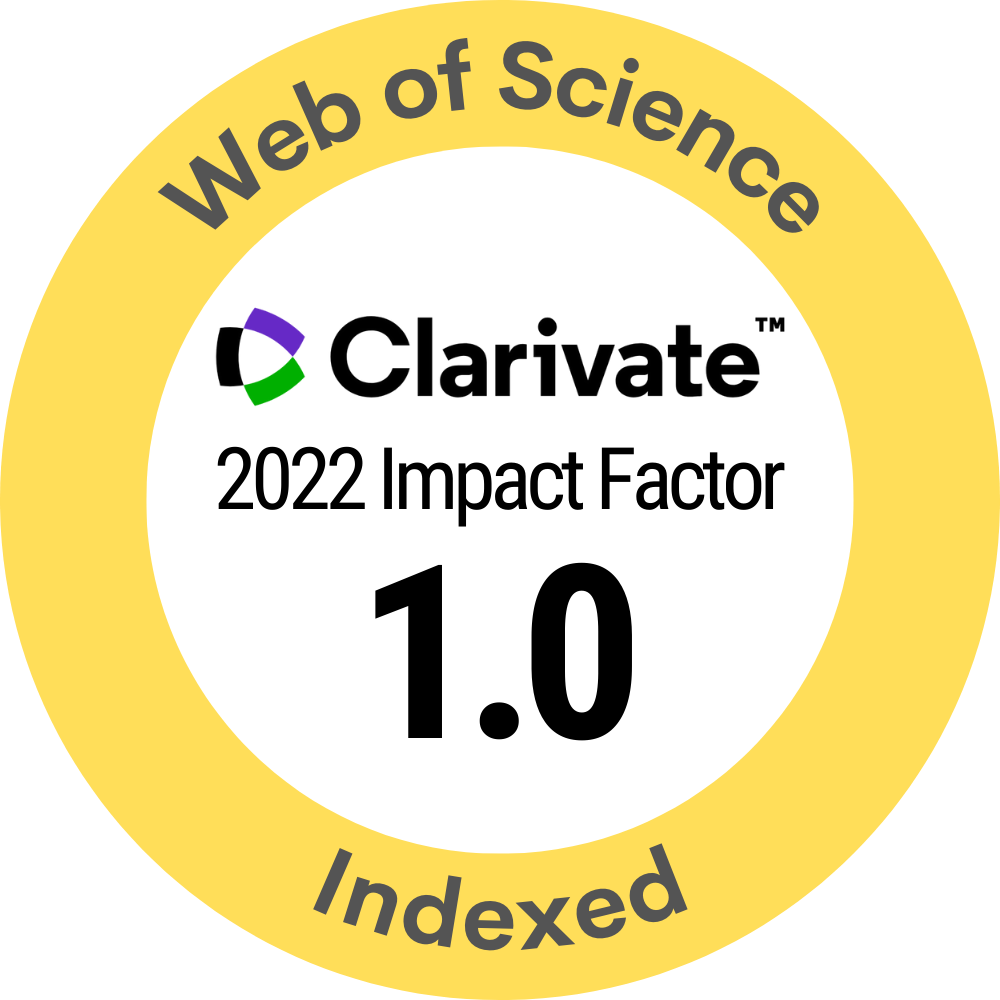The Tribology Evaluation on a Four-Ball Tribometer Lubricated by Al2O3/PAG Nanolubricants
DOI:
https://doi.org/10.15282/ijame.21.1.2024.09.0855Keywords:
Tribological, Nanolubricants, Polyalkylene glycol, R1234yf, Coefficient of FrictionAbstract
Nanolubricants can improve the tribological properties for application in automotive systems. By reducing the friction rate of the internal components with nanolubricants, the service life of a compressor used in automotive air conditioning (AAC) can be extended. The investigation aims to determine the optimal volume concentration of nanolubricants for achieving the highest performance in tribological properties. Al2O3 nanoparticles dispersed in a polyalkylene glycol (PAG ND12) base at volume concentrations of 0.01%, 0.03%, and 0.05% were investigated to improve the lubrication system in the AAC compressor. The stability investigations were carried out by comparing absorbance conditions using a UV-Vis Spectrophotometer at each volume concentration for 210 days. Koehler's four-ball tribometer was used to measure coefficient of friction (COF) and friction torque at a load of 40.0 kg and a speed of 1200 rpm. The stability study of nanolubricant yielded average absorbance values of 0.752, 0.755, and 0.684, respectively. The average COF values of the nanolubricants of 0.01%, 0.03%, and 0.05% were 0.104, 0.078, and 0.117, while the pure lubricant was 0.095. Further investigation on friction torque resulted in a decrease in the pure lubricant of 0.064%, and for nanolubricant Al2O3/PAG ND12, a decrease of 0.087%, 0.057%, and 0.092%, respectively. The results indicated that a concentration of 0.03% produced the greatest reduction in COF and torque, namely 0.0078% and 0.0578%, correspondingly. Therefore, it is recommended to use Al2O3/PAG ND12 nanolubricant at a volume concentration of 0.03% because it is the most optimal in terms of stability and has the highest COF and frictional torque reduction.
Downloads
Published
Issue
Section
License
Copyright (c) 2024 The Author(s)

This work is licensed under a Creative Commons Attribution-NonCommercial 4.0 International License.







